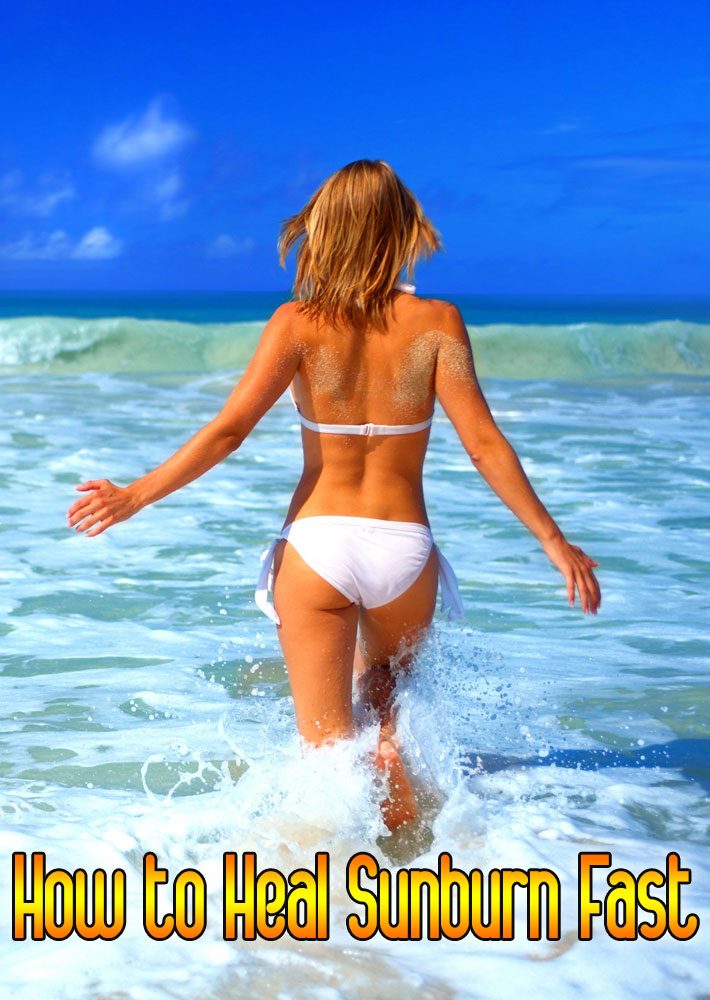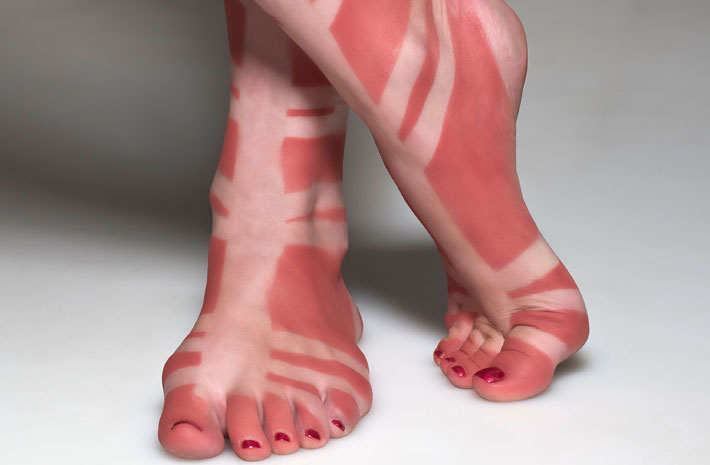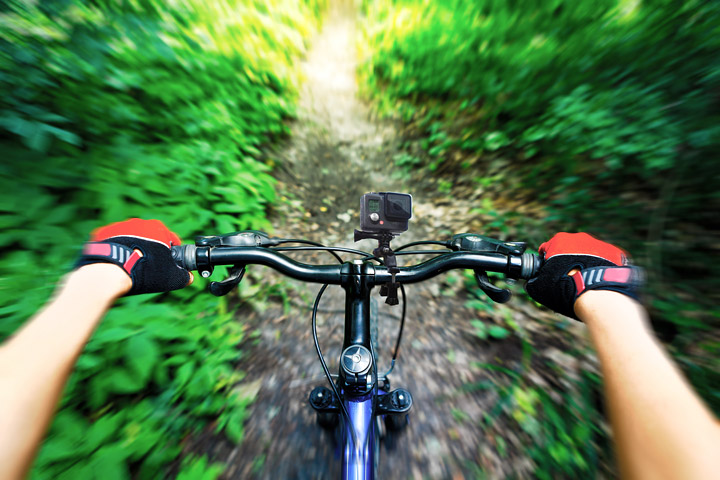
Remember when tanning beds, tanning oils and even aluminum reflectors to accelerate the sun’s ability to tan (or, more likely, burn) your skin were cool? Dr. Anthony Rossi, a dermatologist at Memorial Sloan Kettering Cancer Center in New York City, does – and is glad that’s changing.
“I think more and more people are becoming educated that these burns – though they may seem insignificant at the time – the later on damage is important to think about,” he says. That damage includes accelerated skin aging and most seriously, a greater potential for skin cancer, which studies show is more likely with a history of sunburn, says Dr. Cameron Rokhsar, an associate clinical professor of dermatology at Mount Sinai Hospital in New York City. “We know that the two most common skin cancers are directly related to amount of sun exposure received over a lifetime,” he says.
Sunburn, of course, has immediate consequences too, like pain, itchiness, peeling and even blistering. That’s your body trying to defend itself against the UVA and UVB rays that can cause mutations in the skin cells’ DNA. “That sunburn is just a marker – it’s saying you’ve gotten enough UV exposure, where your DNA was damaged and your cells have to repair themselves,” Rossi says.

How to Heal Sunburn Fast
If that’s happened to you, here’s how dermatologists recommend finding relief fast:
- Apply cold water to burn. The American Academy of Dermatology recommends relieving pain by bathing frequently in cool water – and not entirely patting yourself dry afterward. If you apply lotion while your skin is still slightly wet, you can lock in some of that moisture. You can also ease pain sans shower by patting your skin with a cool, damp washcloth, Rossi says.
- Moisturize. Aloe products are particularly soothing for sunburned skin, experts say. For a really bad burn, you can consider using a hydrocortisone cream – a steroid cream that helps reduce inflammation – for a short period, Rossi says. Just don’t use a heavily-fragranced lotion or topical numbing agent like benzocaine, which your damaged skin can absorb, and which can also cause a sting or allergic reaction, Rossi says.
- Consider home remedies. You can break open an aloe plant and apply the gel on your skin, Rokhsar says, but if you don’t have a greenhouse on hand, at-home sunburn treatments including yogurt, cooled-down oatmeal, cooled tea bags, honey and cow’s milk can all be soothing to inflamed skin.
- Drink plenty of water. Because one of your skin’s main functions is to keep out water, when your skin is damaged from sunburn, so is that ability. That’s why staying super hydrated is particularly important after a burn, experts say.
- Don’t pop blisters or peel skin. Those blisters are a sign of second-degree sunburn; they’re there to try to protect your skin from infection, the AAD says. If you pop them, you’ve stopped them from doing their job.
- Cover your skin when you go outdoors. Wear sun-protective clothing or tightly woven cotton fabric to allow your skin to breathe if you go out in the sun again while burnt, Rossi suggests.
- Consider pain relievers. Ibuprofen or aspirin can both reduce inflammation and pain. “There is some evidence that aspirin actually helps shorten the duration of a sunburn,” says Rokhsar, who recommends taking it every six hours if you don’t have any issues that could make that dangerous, like heart, stomach or kidney problems.
- Know the signs of sun poisoning. If you have a headache, are nauseous, have a fever or chills, are dizzy or lethargic, or all of the above, you may have sun poisoning and should see a doctor right away.
- Be patient. Depending on severity, sunburns can last three days to even a few weeks before the skin is completely healed. In fact, the inflammation typically peaks about 48 hours after your sun exposure, so make sure to take extra good care of your skin those first three days, Rossi says.
- Learn your lesson. The best offense against sunburn is good defense. So in the future, avoid sun at its peak hours (1 p.m. to 3 p.m.), wear a broad-spectrum sunscreen with an SPF of at least 30, reapply it every two hours or every time you get out of the water and wear protective clothing, including hats and sunglasses with UV protection. “We now have so many more protective options that it would be kind of foolish to get a burn,” Rossi says.




Leave a Reply